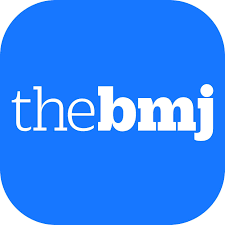Essential tremor (ET), affecting approximately 1% of the general population and 4-5% of those over 65, represents one of the most common movement disorders in adults. The 2018 consensus statement redefined essential tremor as an isolated action tremor present in bilateral upper extremities for at least three years, while introducing “essential tremor plus” to categorize cases with additional neurological signs. This comprehensive review examines diagnostic criteria, treatment options, and emerging therapies.
Key Points:
- Current first-line treatments remain limited to propranolol and primidone, with only about 50% of patients showing significant tremor reduction. New surgical options, including MRI-guided focused ultrasound, offer alternatives for medication-resistant cases.
- Diagnostic criteria require bilateral upper extremity action tremor for ≥3 years. The presence of additional neurological signs (dystonia, cognitive impairment) now classifies as “essential tremor plus” rather than classic ET.
- Key clinical pearls for differentiation from Parkinson’s disease include extension-flexion at the wrist during arm extension and an 8-2 o’clock axis in right-handed drawing (10-4 for left-handed).
- Surgical interventions show promising outcomes: Deep brain stimulation of the thalamic ventral intermediate nucleus demonstrates 48% improvement from baseline at 10 years; MRI-guided focused ultrasound shows 35% tremor reduction at 2 years.
- Non-motor manifestations are significant: 44% of patients experience depression, 66% anxiety, and patients show higher rates of hearing impairment (39% vs 29.4% in controls, p=0.002).

HCN Medical Memo
The redefinition of essential tremor and introduction of “essential tremor plus” represents a significant shift in classification that directly impacts clinical decision-making and treatment selection. Understanding these distinctions is crucial for optimal patient outcomes.
More on Movement Disorders
 PATIENT EDUCATION
PATIENT EDUCATION  OBESITY/WEIGHT MANAGEMENT
OBESITY/WEIGHT MANAGEMENT  EXERCISE/TRAINING
EXERCISE/TRAINING  LEGAL MATTERS
LEGAL MATTERS  GUIDELINES/RECOMMENDATIONS
GUIDELINES/RECOMMENDATIONS 